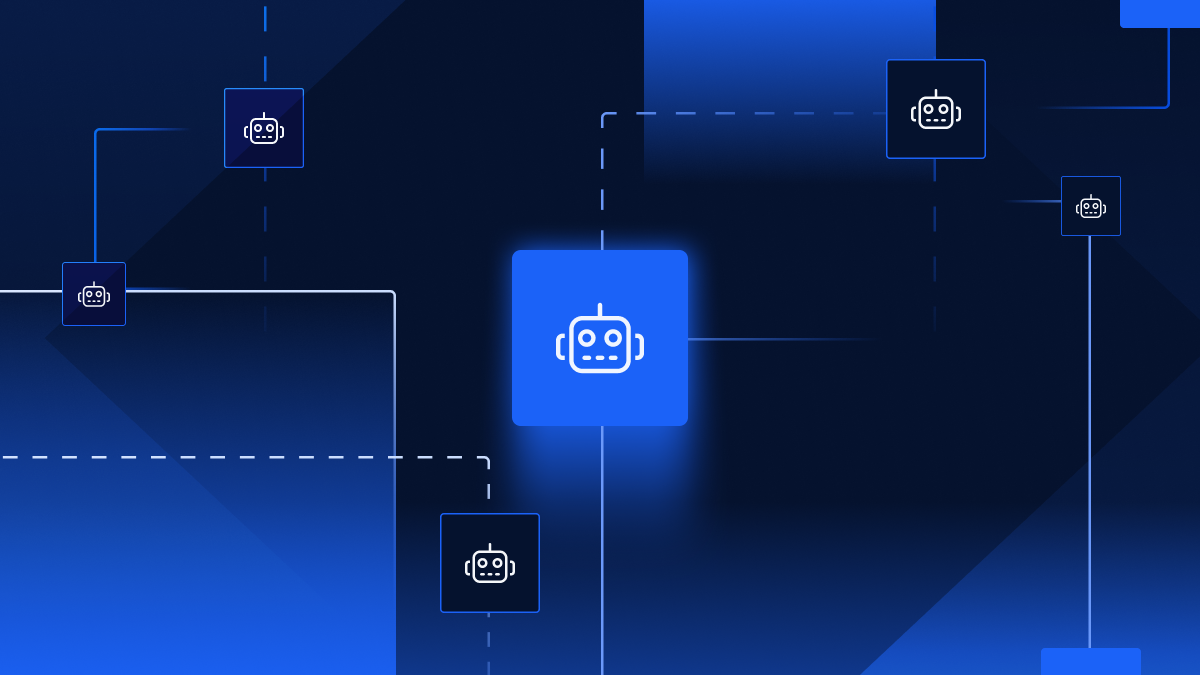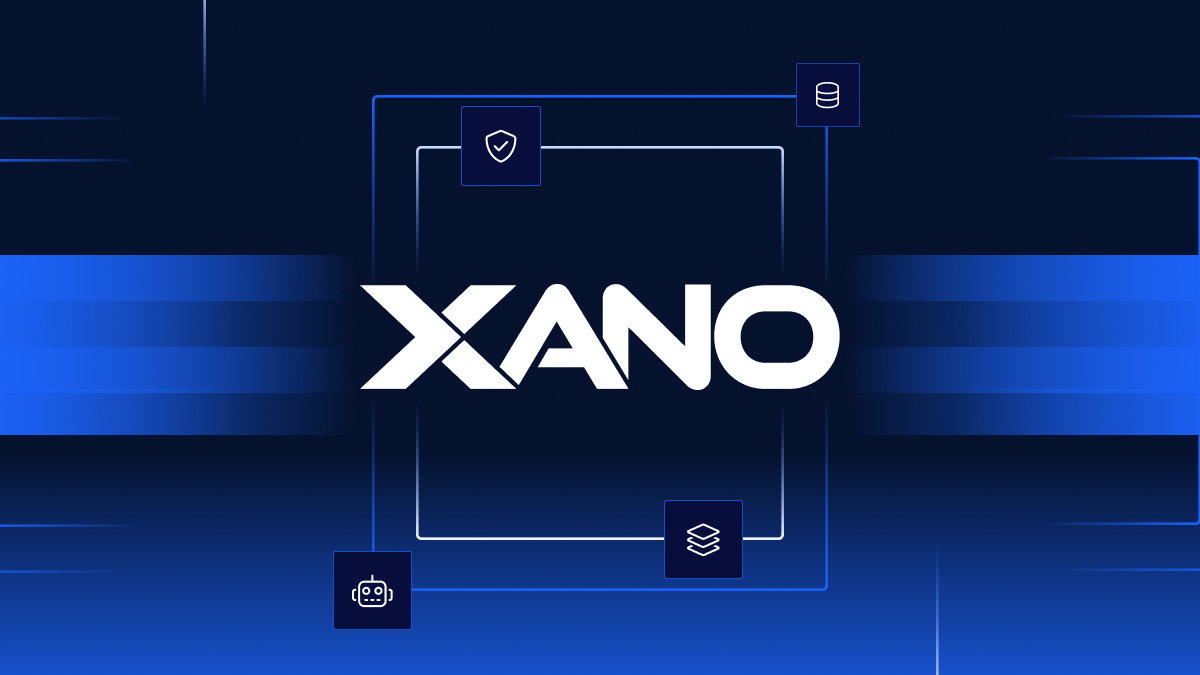Accelerate Digital Transformation With No Code Software Tools
By Xano | October 4, 2021

Deloitte and Fortune recently surveyed CEOs about how their leadership has evolved during the COVID-19 pandemic. A whopping 85% reported accelerate digital transformation. It's easy to see why. Restaurants now rely on online orders more than walk-in traffic and goods normally sold in-person, like clothing and furniture, are now frequently purchased online. Even as we get closer to returning to pre-pandemic life, consumers are getting used to buying online, and will likely continue to do so even as the world reopens.
Going digital is more important than ever before, which means software developers and IT teams are significantly busier. Requests take months to even get on their radar, and even longer to complete. This can stymie the creation and implementation of applications, tools, and more that accelerate digital transformation.
There is a growing need for citizen developers. That is, people with little to no coding experience building applications, tools, and more from the ground up. No code tools provide a viable solution to accelerate your company's digital growth.
The No Code Revolution
As of 2020, all major cloud vendors had rolled out low code platforms, from Microsoft's Power Platform to Google Cloud acquiring AppSheet. While these and similar tools can save heaps of time when it comes to software and web development, you usually still need a software developer to complete projects. This is why no code platforms – which require zero coding experience – are on the rise.
The term “no code revolution” is barely hyperbolic. No code has long been integral to eCommerce, with Shopify simplifying the process of selling products online and website builders like Wix and WordPress allowing companies to develop a digital presence. In recent years, interest in no code has led to more innovative solutions.
Now, no code platforms allow users to create everything from mobile applications to advanced spreadsheets to data structures and APIs. We are already seeing companies and organizations of all sizes take advantage of these solutions. The City of New Orleans is tracking COVID-19 vaccines with an application build using a no code platform. No code solutions helped the registrar's office of one San Diego school build a workflow app that forwards incomplete forms to parents. These are just a few examples.
How No Code Can Accelerate Your Digital Transformation
Anyone Can Make Internal Tools
Most no code tools use drag-and-drop visual interfaces. Anyone who's made a site on WordPress or Squarespace should be able to build applications, spreadsheets, and more using no code platforms.
As you transition to a digital presence, you will inevitably need new software and applications to meet your changing needs. Now, instead of sending numerous IT requests, any department can take initiative. If HR is hoping to create an application to, say, automate email reminders about filling out timesheets, they can do so themselves.
With no code platforms, changes and tweaks can be made with a few clicks, so tools can be adjusted and tested as needed. This means no weeklong bug fixes or extraneous back and forth between the IT department and other teams.
Small Scale Automation Is Easier Than Ever
Returning to Deloitte's findings for a moment, 73% of executives now say they are pursuing intelligent automation, a nearly 20% increase from 2019. Some automation can be quite sophisticated. For example, certain relationship management tools predict and flag those customers most likely to leave without making a purchase. These tools likely cannot be created with no code platforms.
However, even while you still need software developers to handle the heavy lifting for the time being, smaller scale development & automation can easily be done with no code tools. While less complex, such applications can save heaps of company time. You can automate tasks like sending out email notifications, sharing blog posts to Twitter, and more.
Improve Data Processing
When making major changes to your company structure, you need to be proactive about tracking data and metrics to determine what is and is not working. Data processing can allow you to make changes as needed to see continued growth over time – and no code tools can help.
No code applications can be used for both data visualization and reporting. Real time reports that summarize important metrics mean you will not waste hours parsing through data manually. Identifying inefficiencies and errors will be a quick, easy process, keeping your company on track to a successful digital transformation.
Reduce Your Overhead
A major transition of any kind is notoriously costly. A digital transformation is no different. As your company makes the shift to primarily conducting business in a digital environment, you'll have to allocate a certain amount of your budget to IT and web and software development.
As we have covered before, you still need software developers, especially if business leaders are not tech-savvy. But no code platforms can significantly cut down on costs. Simple tools – or, as Forbes puts it, “quick wins” – can massively streamline operations and accelerate digital growth without requiring a huge upfront investment.
A team of citizen developers can focus on streamlining operations with much of what we have already mentioned (internal tools, smaller-scale automation, etc.) and your IT department can focus on bigger, more technically demanding tasks.
Accelerate Digital Transformation: The Bottom Line
Digital transformation is inevitable, and it can be a difficult process – especially for businesses that have not traditionally operated in a digital environment. However, no code tools can help simplify processes and ensure a smooth transition.
Looking for solutions for your company? Xano is the fastest No Code Backend development platform on the market. We give you a scalable server, a flexible database, and a No Code API builder that can transform, filter, and integrate with data from anywhere. Sign up here to get started.
The post Accelerate Digital Transformation With No Code Software Tools appeared first on Xano.

















